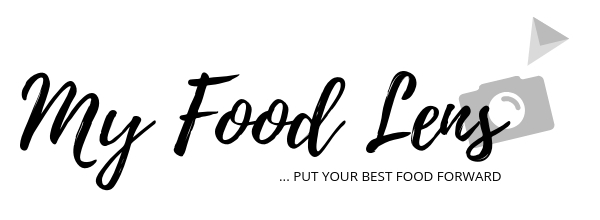
As food photographers, we love creating compositions with food, admiring and getting inspired by large, elaborate compositions other photographers create.
Truth be told, it’s not easy to create large compositions that are aesthetically balanced, look proportionate, have a sense of movement to them, don’t look cluttered and yet, have this larger than life storytelling aspect to them.
Most photographers find it easier to master technical photography skills than being able to get a grip on composition. Creating compositions is a bigger struggle than understanding the camera.
And when it comes to large compositions, it just gets so overwhelming. Right?
Creating large compositions is time-taking, needs a vision and a solid grip on proportions and balance. It takes time, experience and lots of practice to be able to create impactful large compositions.
Understanding Compositions
Compositions in food photography serve as visual narratives. They convey the essence of the dish, its flavors, textures, and cultural significance. A well-executed composition can transport the viewer into the culinary experience, enticing them to savor every detail, feeling like they’re a part of it.
Now that we understand the purpose of a composition and we understand what makes a successful composition – how do we know what food would work well with which kind of composition?
Identifying When to Use Large Compositions
Large compositions, with their expansive layouts and multiple elements, can be powerful tools in food photography but we know that It takes more time and effort to create larger compositions, so how do we decide when it’s worth spending that time and whether a large composition will do justice to a food?
Truth is, just by looking at our food subject, we should be able to envision the kind of composition it would look most striking in and convey the most powerful story, especially when we’re short of time.
So, here are the 3 kinds of foods that are usually worth spending the time and effort to create large compositions for:
1. Foods that Lack Detail
Simple dishes like soups, stews, or plain bread benefit from large compositions. While these dishes may lack intricate details, a large composition allows photographers to showcase them in a visually appealing manner.
By incorporating additional elements such as utensils, ingredients, or complementary dishes, photographers can elevate the overall aesthetic, and create a sense of abundance. When the food lacks detail, create impact with volume.

2. Single Color Foods
Monochromatic dishes, such as all-white milk pudding or all-red butter chicken, pose a unique challenge in food photography. By incorporating colorful garnishes, vibrant sauces, or contrasting elements, photographers can add depth and dimension to the image, making it more visually compelling.
In order to create a powerful visual story for foods that have the same color without any color contrast in them, create a break of color, create contrast, showcase texture and create a composition that can encompass all of that seamlessly.

3. Ugly Food
Some dishes like clear broth soup, diner-style dishes etc. may not be visually appealing on their own, but they boast exceptional flavors and textures. Large compositions allow photographers to shift the focus from the dish’s appearance to its sensory experience.
By surrounding the dish with complementary elements, such as fresh herbs, colorful sauces, or well-styled plating, photographers can enhance its visual value and tell a more compelling story. A larger composition for ugly food helps to channel the viewer’s attention to the right places.
Conclusion
Mastering large compositions in food photography is a journey of exploration and discovery. It requires patience, practice, and a willingness to push the boundaries of creativity. By recognizing the opportunities where large compositions shine brightest, we can elevate our work and create images that resonate with viewers on a deeper level.
Knowing when a certain food needs the time and attention of a larger composition is a huge time-saver in itself. It also saves the frustration and nervousness of working with tough foods. And when you’re working with clients, it puts you in the expert’s position to make valuable suggestions best suited for their product.
Any food can look amazing in any composition, no doubt about it, but depending on the situation, certain compositions help to elevate the wow-ness of certain foods more than others.
Have a question? Submit it as a voice note to be featured on the My Food Lens Podcast HERE.
The 5-step guide to visual storytelling – DOWNLOAD HERE
If you’re listening on Apple podcast or iTunes, please rate, review and subscribe on iTunes/Apple podcast. It will help this podcast reach more listeners and grow bigger and better. I’ll be so grateful.
